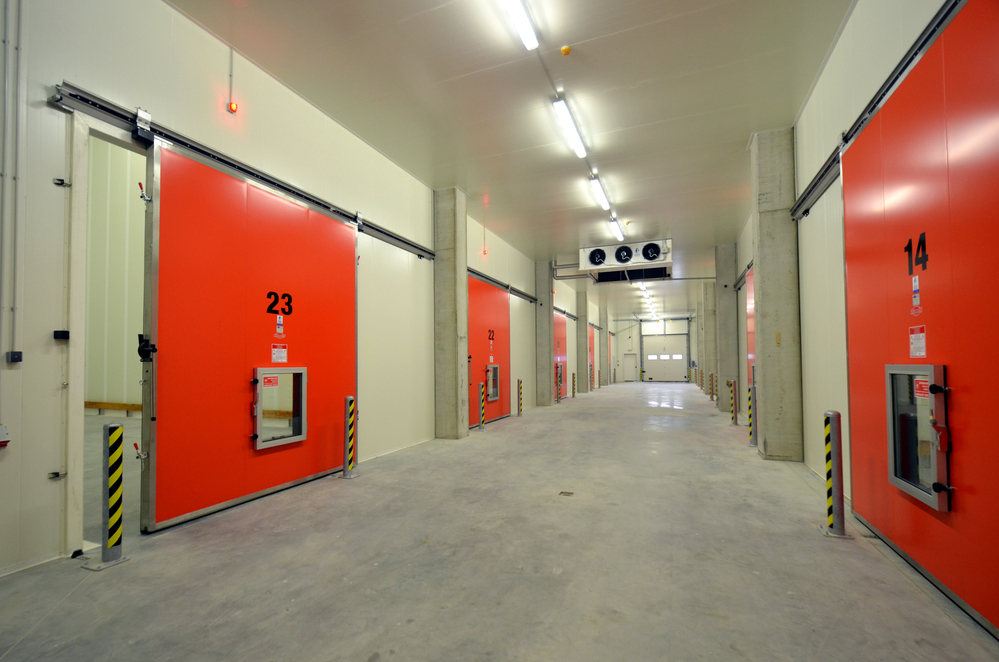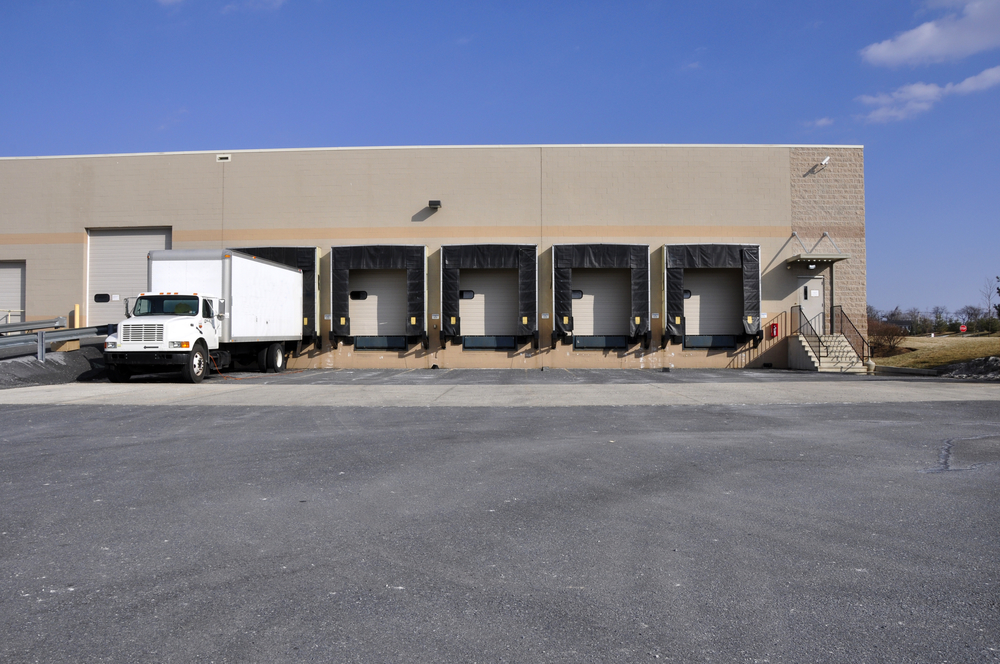
When asked to name the place where you’re most likely to encounter an air curtain, most people might say a restaurant, or perhaps a convenience store or another small retail shop. However, that is far from the only application in which air curtains can prove useful. For medical establishments such as hospitals, air curtains can provide a host of benefits and find a home in many places around the premises. From the doors at the emergency room to interior hallways near the kitchen or the loading docks, the smart placement of the right air curtains can make a big difference. Consider some of the ways in which air curtains can contribute to a better atmosphere inside the hospital while also presenting the opportunity for savings.
Keep Vehicle Fumes Out of Waiting Rooms
Maintaining a calm, welcoming environment as much as possible is an essential task in any hospital reception room, but especially for emergency rooms. Even when separated by a small vestibule, it’s very likely that odors from the outside will make their way into the interior space. With vehicles such as ambulances likely idling nearby, exhaust can enter the building. Not only unpleasant to smell, but it could also be a potential irritant and a health hazard, which is true even when the ER has a separate loading and unloading area for ambulances to use. With an air curtain, blocking out these odors and keeping them outside where they belong is easy. Consider placing a unit on all exterior-facing exits.
Improve Comfort for Staff and Patients
While air curtains can keep noxious fumes away, they can also help to keep the interior space more comfortable. With people entering and exiting the building with a very high frequency, air is continuously rushing to and fro, playing havoc with climate control efforts. Left unchecked, this can impact more than the overall temperature of the space. It can also mean the creation of extreme temperature zones.
For example, consider the reception desk, which may sit directly in front of the doors. In the winter, staff working at the front desk may be repeatedly subjected to cold blasts of air as patients enter the building. Others sitting near the doors will feel it, too. Because an air curtain prevents this air from rushing inward as people enter, more even heating and cooling is possible. Every spot becomes comfortable, instead of only a select few.
Use Air Curtains on Interior Doors to Control Odors
Keeping fumes out of the ER is not the only way air curtains can provide options for odor control in a hospital. Consider the kitchen area of the building, which must prepare hundreds of meals daily in a highly sanitary environment. At the same time, it may not be desirable for the smells of cooking and food preparation to waft through the hallways, potentially reaching patients. Air curtains keep these odors inside the kitchen, while also keeping flying insects and dust away. Air curtains provide the creation of a more secure environment for food preparation, while also preventing any unwanted interactions. In other areas where dust control is important, such as in rooms with sensitive equipment, air curtains can deliver the same great functionality there, too.
Reap the Benefits of Energy Savings Year-Round
While there are many physical benefits to the installation of air curtains, energy savings represent perhaps the biggest single advantage they offer. By keeping the air you’ve already paid to heat or cool inside the building instead of sneaking out the door, your organization does not have to pay repeatedly for the electricity it takes to maintain the temperature. With so many hospitals operating on increasingly tight budgets, finding any opportunity to cut costs without reducing services or comfort levels is worth the effort. Air curtains represent an extremely cost-effective investment in that regard. With low levels of long-term maintenance and fewer repair costs for your existing HVAC systems, the units pay for themselves quickly. Afterward, your organization can enjoy pure savings.
Take the Time for a More In-Depth Consideration
With a look at all the ways air curtains can prove useful in a hospital environment, it should be clear that they are one of the best options for climate control assistance, odor control, and much more. Understanding the benefits and working to unlock them are two different things, however. At Air Door Distributors, we are well-positioned to assist medical operations of all sizes with their needs in this area. With access to a broad range of air curtains with many feature options, all sourced from top manufacturers including Berner, tapping into these benefits for your organization is simple and straightforward. To find out more about what it takes to put air curtains into your building, contact us today.







 Are you ready to take advantage of everything an air curtain can offer to your business? Great. From generating energy savings to keeping dust, odors, or flying insects out of an interior space, there are many excellent reasons to add one to a building. Perhaps you’ve already selected the precise piece of hardware you’ll need for your structure, or maybe you want to develop a sense of the entire process before you begin a decision-making effort. Either way, proper
Are you ready to take advantage of everything an air curtain can offer to your business? Great. From generating energy savings to keeping dust, odors, or flying insects out of an interior space, there are many excellent reasons to add one to a building. Perhaps you’ve already selected the precise piece of hardware you’ll need for your structure, or maybe you want to develop a sense of the entire process before you begin a decision-making effort. Either way, proper 
 For just about any business, effective climate control is an integral part of creating comfort for staff or patrons while managing energy costs from month to month. In buildings where doors frequently open and close, staying on top of the strain such activity places on your HVAC systems can be a challenge. Have you recently begun considering the benefits of installing
For just about any business, effective climate control is an integral part of creating comfort for staff or patrons while managing energy costs from month to month. In buildings where doors frequently open and close, staying on top of the strain such activity places on your HVAC systems can be a challenge. Have you recently begun considering the benefits of installing 
 Have you been thinking about
Have you been thinking about  How does your business use technology to attain its goals? Every company does, whether we’re talking about the point of sale systems in a retail store or the walk-in refrigerators in a restaurant. From high-tech to low-tech, businesses rely on a myriad assortment of devices and appliances every day. Some have a bigger impact on operations than others — such as your heating and cooling systems. Essential as they for comfort, they also cost money to run. Cooling costs can constitute a substantial portion of a business’s annual energy expenses. So, what can you do to get them under control?
How does your business use technology to attain its goals? Every company does, whether we’re talking about the point of sale systems in a retail store or the walk-in refrigerators in a restaurant. From high-tech to low-tech, businesses rely on a myriad assortment of devices and appliances every day. Some have a bigger impact on operations than others — such as your heating and cooling systems. Essential as they for comfort, they also cost money to run. Cooling costs can constitute a substantial portion of a business’s annual energy expenses. So, what can you do to get them under control?